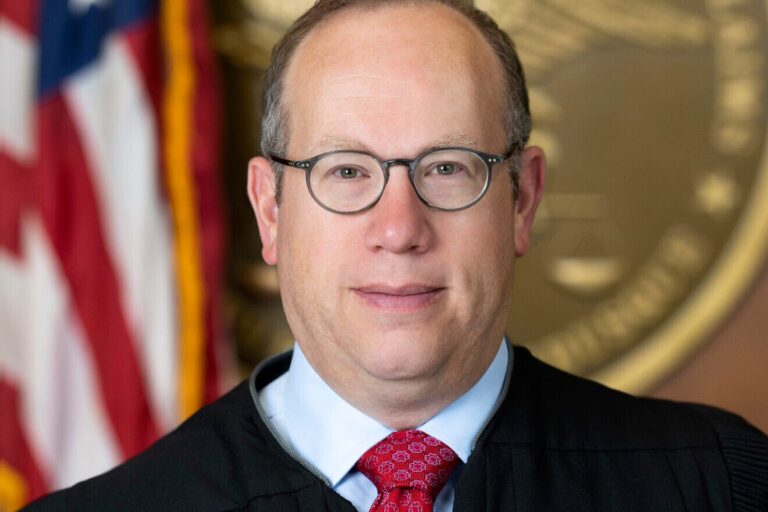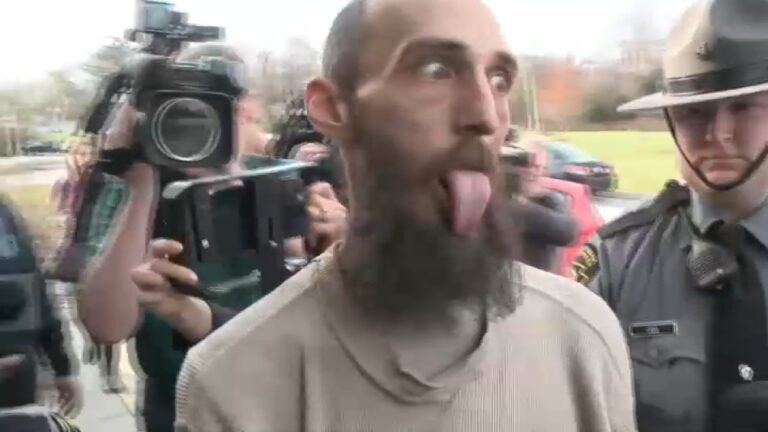 Even as it faces budget cuts and forced employee furloughs, the Pentagon is spending nearly a $1 billion a year on a program that sends unemployment checks to former troops who left the military voluntarily.
Even as it faces budget cuts and forced employee furloughs, the Pentagon is spending nearly a $1 billion a year on a program that sends unemployment checks to former troops who left the military voluntarily.
Unemployment Compensation for Ex-Servicemembers, a Labor Department program, is a spinoff of the federal-state unemployment insurance program. The Labor Department says the overall program is meant to help “eligible workers who are unemployed through no fault of their own” such as during layoffs.
But eligibility for the military compensation requires only that a person served in uniform and was honorably discharged. In other words, anyone who joins the military and serves for several years, then decides not to re-enlist, is potentially eligible for what could amount to more than 90 weeks of unemployment checks.
The program’s cost rose from $300 million in 2003 to $928 million last year.
“It eats away at other parts of the budget, and is for people they no longer have control of,” said Air Force veteran Joe Davis, a spokesman for the Veterans of Foreign Wars.
“Why are we spending so much on (the program) at a time when we can’t afford to build a new fighter jet?” said Samuel Wright, a former Navy lawyer who helps troops with employment and other legal issues. The Pentagon is facing across-the-board cuts because of automatic spending reductions that took effect this month.
Defense officials and outside experts have become increasingly concerned about the rising cost of the compensation program. And some believe it’s evidence of weaknesses in other programs, such as those designed to help veterans find jobs. Some military experts suspect the availability of the money may be discouraging some veterans from actively looking for work and thus falsely inflating data on their unemployment — data that shows higher joblessness for Iraq and Afghanistan vets than for older ones and for society in general.
Navy Lt. Cmdr. Nathan Christensen, a Pentagon spokesman, said a factor in the higher costs is the increased use of National Guard and Reserve units over the past decade for the wars in Iraq and Afghanistan. That is, once they were activated, came home and were deactivated, they were added to the rolls of ex-active duty troops.
Another factor could be the recession, which resulted in higher overall national unemployment rates, he said.
The program for former military members started under a 1958 law aimed partly at helping troops transition from life in uniform to the private sector. Unlike the larger U.S. unemployment insurance program, there is no paycheck deduction from troops to fund the military one. In the private sector, employers pay a tax to fund compensation checks; in the military program, the service branches are the employer.
Claims are filed with the states. The Labor Department then tallies compensation sent to former military members and sends the bill to their individual service branches, as well as to the National Oceanographic and Atmospheric Administration and U.S. Public Health Service Commissioned Corps, where a smaller number of former employees also are covered.
Former military members are subject to the same state requirements as others when they apply to a given state for the money. All states have a requirement of some kind that recipients search for work while getting compensation, the Labor Department says. States vary in the types of search activity needed and the effort required, with some, for instance, requiring two job interviews within a certain period or different types of documentation on the search.
Nearly 120,000 people filed first-time claims for money in the military program over the last budget year, compared with 71,000 in 2008, the Labor Department says. Well over 515,000 have gotten compensation since 2008.
Wright, now director of the law center at the Reserve Officers Association, says the payments “ought to be for people who are actively seeking re-employment — it’s not just free money.”
Officials worry, too, about what will happen to costs when the military draws down from its wartime size, sending more troops out of the services.
A 2008 analysis for the Pentagon by the RAND Corp. research institution found that the sharp rise in military unemployment payments did not mean the civilian labor market for recent veterans had weakened. The study suggested “a rethinking” of the program and also noted the big increase in reservists called up over the decade.
It’s not solely the number of reservists activated that matters, but also how many know about, and claim, their legal right to go back to their former civilian employers after coming home from mobilization.
“I think one reason that a lot of (recent) veterans are unemployed and have great difficulty finding work is because employers are routinely violating” the law on returning troops and that too few are being prosecuted for it, Wright said. He says his law center gets more than 700 calls a month from people complaining about that or other employment or legal issues.
There are plenty of other reasons troops may not go straight from life in uniform to one in the private sector.
The need for “down time” — particularly among those who saw combat — can be a huge factor in re-acclimating.
Some troops also find it hard to face civilian life after the more authoritarian and regimented style of the military.
It also can take time for some to figure out how their military skills and experience translate to private sector jobs.
And some may not want what’s being offered in the job market.
“A lot say, ‘Hey, I joined the Army or Marines so I could get out of working at McDonald’s,'” Wright says.
The unemployment rate for post-9/11 veterans is 9.4 percent, compared with 7.7 percent among all Americans, and has been higher for some years.
The compensation “could be funding the acclimation period for veterans; some veterans may be declining employment opportunities or choosing not to seek employment,” said a study last year by analysts at the Center for a New American Security.
That may be inflating the program’s cost and “artificially inflating the ranks of unemployed veterans with individuals who are not actively seeking employment,” said the study, which looked at how American business executives view hiring veterans.
It said the Defense Department should work to better understand the complex needs of veterans during transition to civilian society and figure out how “efficient, helpful and necessary” the unemployment compensation is.
“Questions to be considered include which veterans require an acclimation period, how much time is generally needed and whether (the compensation) is currently supporting recently separated veterans through that acclimation period,” the authors said.
(AP)










